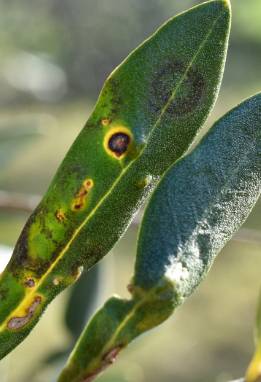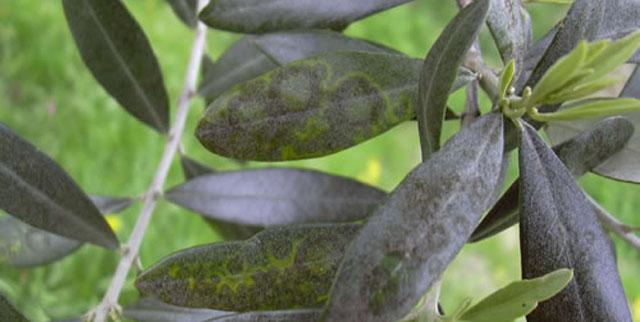Ceylon Olive Plant
Olea dioica, or Ceylon Olive, is a hardy tree growing 10-20m, prefers loamy, well-drained soil, full sun, and has edible and medicinal properties.

Habit
Tree
Height
10-15 m
Growth
Medium
Soil
Well-drained, sandy loam
Shade
Full
Moisture
Moderate
Edible
Yes
Medicinal
Yes
Origin
Sri Lanka, India
Climatic Condition
Tropical, Subtropical
Temperature (°)
20-35°C
Humidity (%)
50-80%
Potting media
Organic compost, mulch
Fertilizers
NPK 5:10:10, requires high potassium
Watering
Regular watering
Plant Weight
1-3 kg per fruit
Flowering Time
Summer
Soil Ph level
6.0 - 7.5
Water Ph level
6.0 - 7.5
Soil EC
1-2 dS/m
Yield Per Plant
10-20 kg per tree
NPK ratio
10:10:10
life Span
50+ years
Health Benefits
High in antioxidants, used in traditional medicine
Suggested Grow Media or Potting Mix ?
50% loam, 25% sand, 25% compost
Suggested Fertigation/Fertilizers
Fertilize with balanced fertilizer during growing season.
Common Diseases and Remedies
Leaf Spot, Powdery Mildew, Root Rot, Scale Insects, Aphids.
Brown/black spots on leaves, White powdery coating on leaves, Yellowing, wilting of plants, Waxy bumps on leaves and branches, Curling, yellowing leaves.
Prune affected leaves, neem oil, Improve air circulation, Improve soil drainage, reduce watering.
Copper-based fungicides, Fungicides containing sulfur, Fungicides containing metalaxyl, Systemic insecticides like imidacloprid.
HEALTH BENEFITS
· Rich in antioxidants that help fight oxidative stress
· May support digestion and liver health
· Used in traditional remedies for fever and infections

